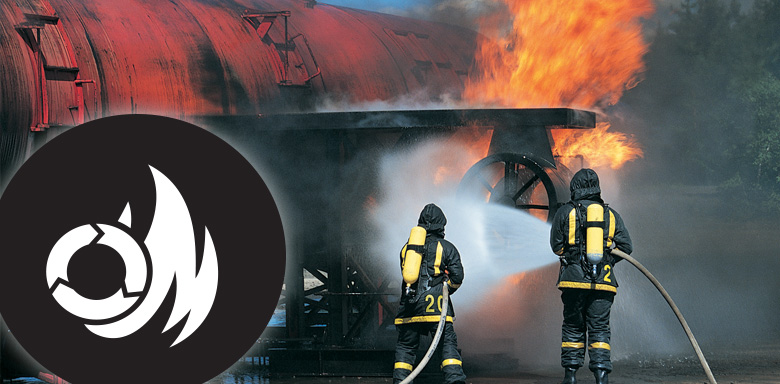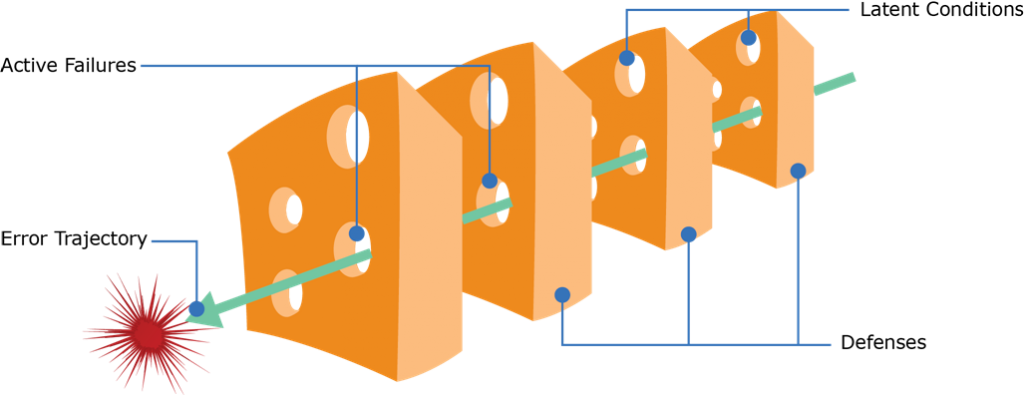
With today’s technology, why do major pipeline incidents happen?
On Sept. 9, 2010, a natural gas pipeline explosion in San Bruno, California, killed eight people, injured 58 and destroyed a neighbourhood.
There were several problems that led to this devastating event, one of which is at the root of most major disasters – safety culture.
“When they investigated that as an incident, safety culture was identified as an issue, or (at least) things that I would call safety culture,” said Dr. Mark Fleming, an applied psychologist and professor of safety culture at St. Mary’s University in Nova Scotia.
Today is National Pipeline Safety Day in the U.S., so it’s a good time to talk honestly about incidents and what we’re doing in Canada to protect our communities and ensure events like San Bruno are prevented here.
In our blog, we often discuss the advanced technologies companies use to continuously monitor their pipelines, but this post is about how safety culture also plays a critical role in preventing incidents.
“You can have some great technology, you can have great systems and you can have competent people, but if you have got a poor culture, that will go straight through all of those defenses. And that’s why it’s important,” explained Fleming.

Model credit: National Energy Board
What is safety culture? Lessons learned from Chernobyl
You may be hearing the term “safety culture” a lot these days, but what exactly does that mean?
“It’s the shared perceptions, values and beliefs that an organization holds in regards to safety,” explained Fleming. “And this influences how people will behave in different contexts.”
The term safety culture was coined after the Chernobyl nuclear incident in 1986 to describe a major cause of the disaster.
“Once they reviewed the incident and investigated, it was clear that this was due to reasons that weren’t so technical in nature, they were really about what people believed was important,” said Fleming.
Safety culture is not a policy or program, what it really boils down to is the true safety priorities of an organization or industry, and the way those priorities are infused in everyday behaviors and decisions.
When it comes to major incidents, safety culture is “the thing that gets you every time,” stated Fleming about why it’s important.
Safety culture and Canada’s pipelines
Between 2002 and 2013, 99.999 per cent of oil and natural gas transported by our member companies was moved safely. But our goal as an industry is to eliminate all incidents – no matter the size – on all Canadian pipelines. How do we achieve this goal? By making sure there’s strong safety culture across the entire industry.
Fleming explained that aviation is a good example of an industry that has done just that.
“If an incident happens on an Air Canada aircraft, they instantly share that with WestJet because they operate the same sort of aircraft,” Fleming said of the two companies that are normally competitors.
In the pipeline industry, our members have made a collective commitment not to compete on safety and are working together through the CEPA Integrity First® program to continuously improve practices, develop industry leadership and create a mindset that performance standards should go beyond regulatory compliance. These efforts are all key building blocks of a strong pipeline safety culture.
What does it really take to prevent incidents?
Canada’s pipeline companies are continuously improving technology and safety management systems, and they’re also committed to making sure they have the other critical safety element – culture.
“You have to have the technology and the systems, and you also have to have the culture in place. You need those three things together, and they all influence each other,” said Fleming.
Find out more about the CEPA Integrity First program that is helping to advance safety culture across Canada’s pipeline industry.
And you can learn more about safety culture through our partner Enform, the safety association for Canada’s upstream oil and gas industry.
Ref: Canadian Energy Pipeline Association
Article Link: http://www.cepa.com/with-todays-technology-why-do-major-incidents-happen
